AATA Blog

Art Therapy-Museum Collaborations in Colombia
By Andrée Salom | February 24, 2016 | Events | International
Across American museums, art therapy programs have been developed for individuals with disabilities, addictions, physical and psychological challenges, as well as for populations receiving disaster relief, and recovering from trauma (Peacock, 2012).

Panel Presentation of Killing Time: The Chronology of Creativity
By Irene Rosner David | January 27, 2016 | About Art Therapy
When asked to represent our field and organization on this panel during the Outsider Art Fair in New York, I was both honored and challenged. For decades I have welcomed opportunities to enlighten broadly and promote our work, however this was a new audience for me – outsider artists, outsider art gallery owners, arts-in-business people. I entered this project with the assumption that I would primarily explore aspects of Outsider Art and Art Therapy that may be perceived as overlapping, yet are different. This is a relationship I have pondered in the past, particularly having seen the infamous collection of L’Art Brut in Lausanne, Switzerland.
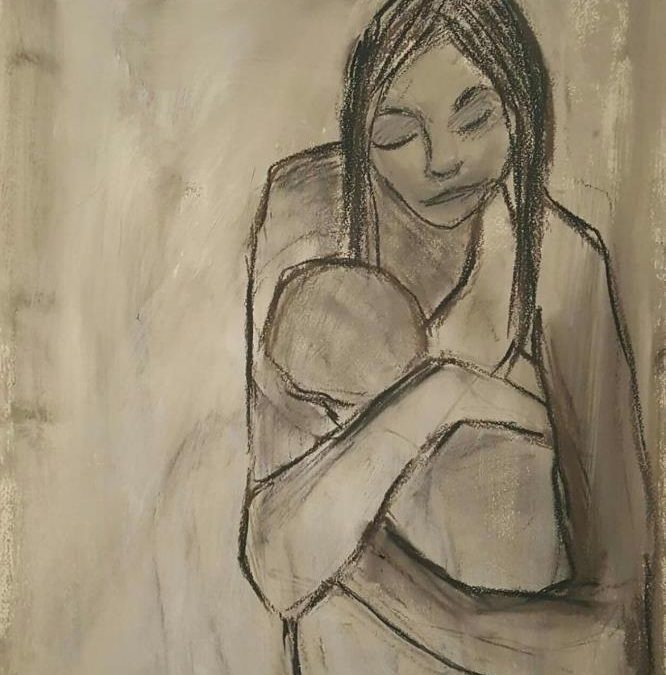
Postpartum Imagery: Finding the ‘Good Enough’
By Kathryn Snyder, MA, ATR-BC, LPC | January 20, 2016 | Health Care
The postpartum period in the family life cycle is one that is fraught with ambivalence and anxiety. While a new mother’s body is flooded with the oxytocin meant to link her in love with her helpless charge, it is also, often, simultaneously flooded with the hormones of fear and worry, combined with the fogginess of sleep deprivation and the stress of learning to take care of this fragile, small human.
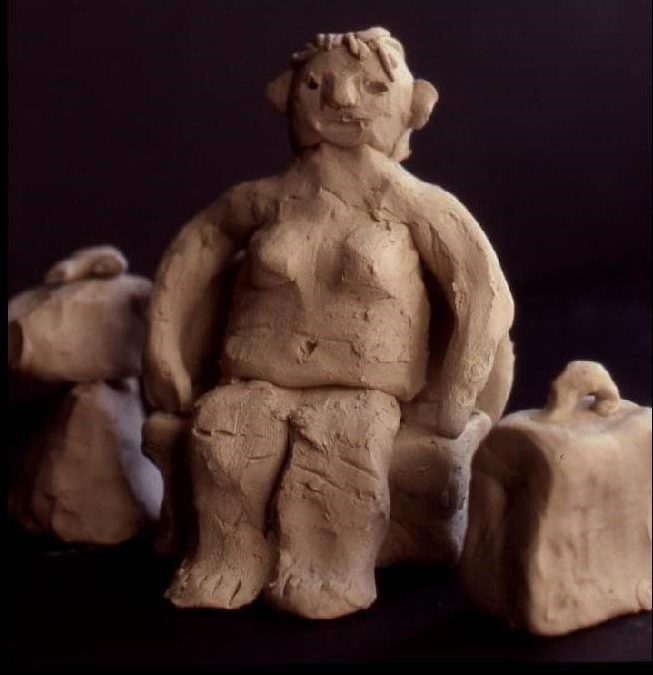
Art Therapy and Eating Disorders: Resolving to Make Authentic Change
By Michelle L. Dean | January 13, 2016 | Health Care
As the New Year unfolds, we may find ourselves inundated with messages to make resolutions, lose weight, and commence rigorous exercise programs in order to feel fit, fabulous, and most of all, loved. These ideals take hold and blossom for some because they play on underlying vulnerabilities and a need to look outside of oneself for assurances. As a result, each year countless seemingly innocent diets turn into deadly eating disorders.
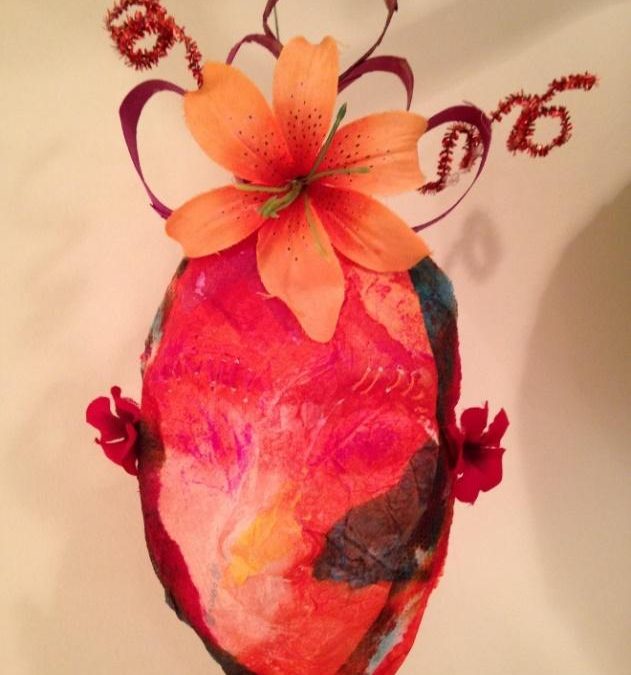
Exploring Strengths through Masks: Art Therapy from a Positive Psychology Perspective
By Gioia Chilton and Rebecca Wilkinson | January 6, 2016 | About Art Therapy
Although masks are ubiquitous to art therapy, when we were recently asked to run several mask-making workshops we realized that we were both conflicted about what they actually represent. Are they meant to hide or protect some aspect of ourselves? Do they reflect what we show to the world and obscure our “true” selves? Or do they help us uncover and discover parts of ourselves?
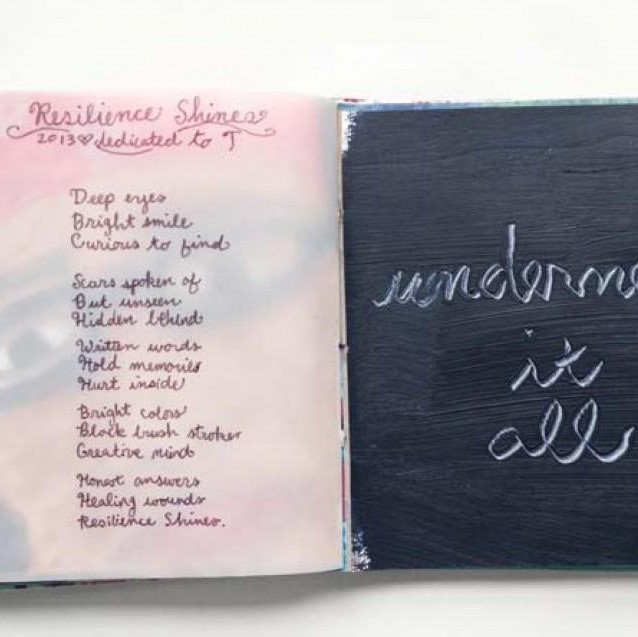
Art Therapy and Social Justice at Chicago-based Women’s Shelter
By Sangeetha Ravichandran | December 9, 2015 | About Art Therapy | Community | Trauma
ApnaGhar, Inc., (“Our Home” in Urdu/Hindi,) provides holistic services, education, and advocacy across immigrant communities to end the different manifestations of gender violence. Gender violence can be broadly understood as violence impacting women and girls who are part of various margins of society. They are denied access, rights, and privileges and are stripped of personal power through forms of control exerted by an individual, a group, and/or systems of oppression, including domestic and family violence, forced marriage, trafficking, and honor killings. At Apna Ghar, we address issues of gender violence using a client-centered, trauma -focused, and empowerment-based approach.
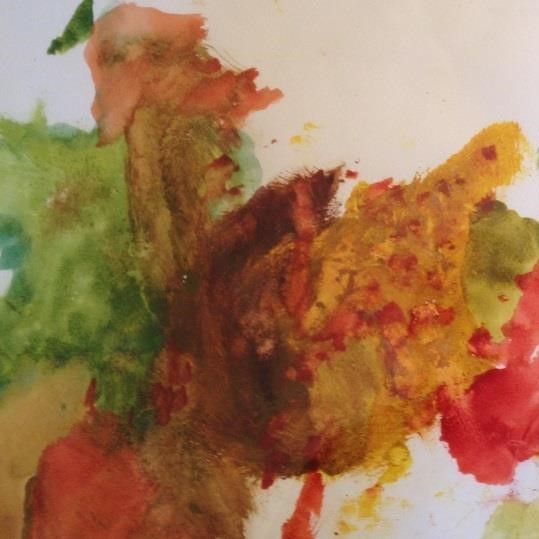
Communication and Dementia: Painting a New Path through Art Therapy
By Raquel Chapin Stephenson | November 25, 2015 | Trauma | Health Care
William Utermohlen, a professional artist, recorded his cognitive decline through self-portraiture (Grady, 2006). Incredibly brave and astute, his visual representation of the journey into Alzheimer’s Disease reveals an increasingly fragmented ability to organize the world outside, the darkening of life around him – an increasingly frightening picture. For Utermohlen, expressing his sadness through his art was a way of staying connected with the outside world. Like Utermohlen, individuals who have dementia still have a great need to communicate with others (Stephenson, 2015).
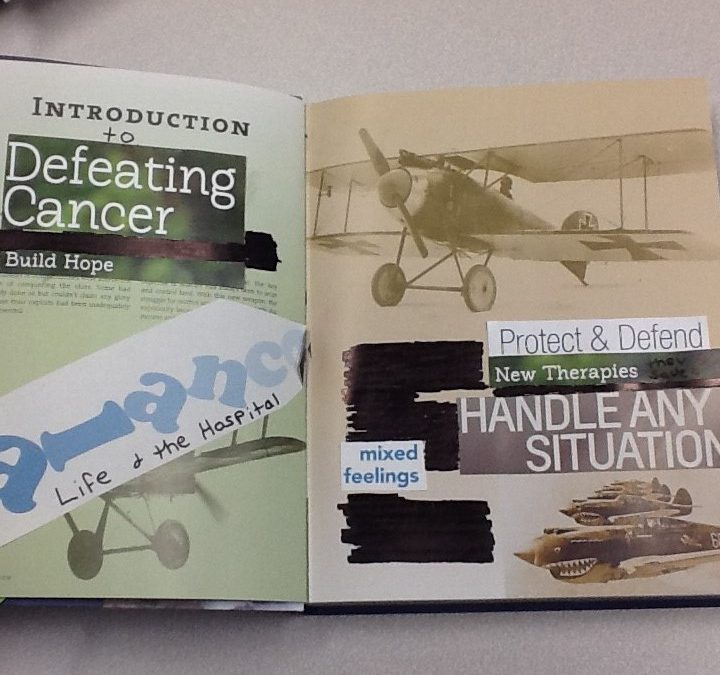
The Next Chapter: Altered Book Making Group for Pediatric BMT/Oncology Caregivers
By Abbien Crowley Ciucci and Hope Heffner | November 18, 2015 | Health Care| Children
The diagnosis of a serious illness is often life-altering. When given to a child, the news of disease can be indescribable. The story of hope that parents had written for their child may be disrupted with a few words. Whether newly diagnosed, or informed of a relapse, parents and caregivers might find themselves asking, what’s next? The engagement in treatment or return to the hospital can feel like another chapter in a daunting and distressing story. Separation from family, financial strain, and lack of sleep contribute to caregiver stress, all while a child suffers needle pricks and surgeries; helplessness and hopelessness can threaten to overwhelm. Thus, the need for a unique and accessible, but non-threatening, therapeutic support for caregivers was recognized.
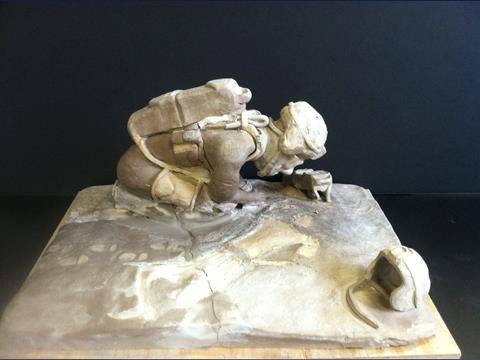
Art Therapy with Veterans: The Art Room is a Container
By Rosemarie Rogers | November 11, 2015 | Veterans | Trauma
Art is a visual language. Human beings have been using art for this purpose for thousands of years. The cave paintings discovered in Lascaux, France and Picasso’s Guernica are celebrated examples. Visual arts offer veterans suffering from Post-Traumatic Stress Disorder (PTSD) a nonthreatening alternative to compose in images what is inexpressible to them with words.
